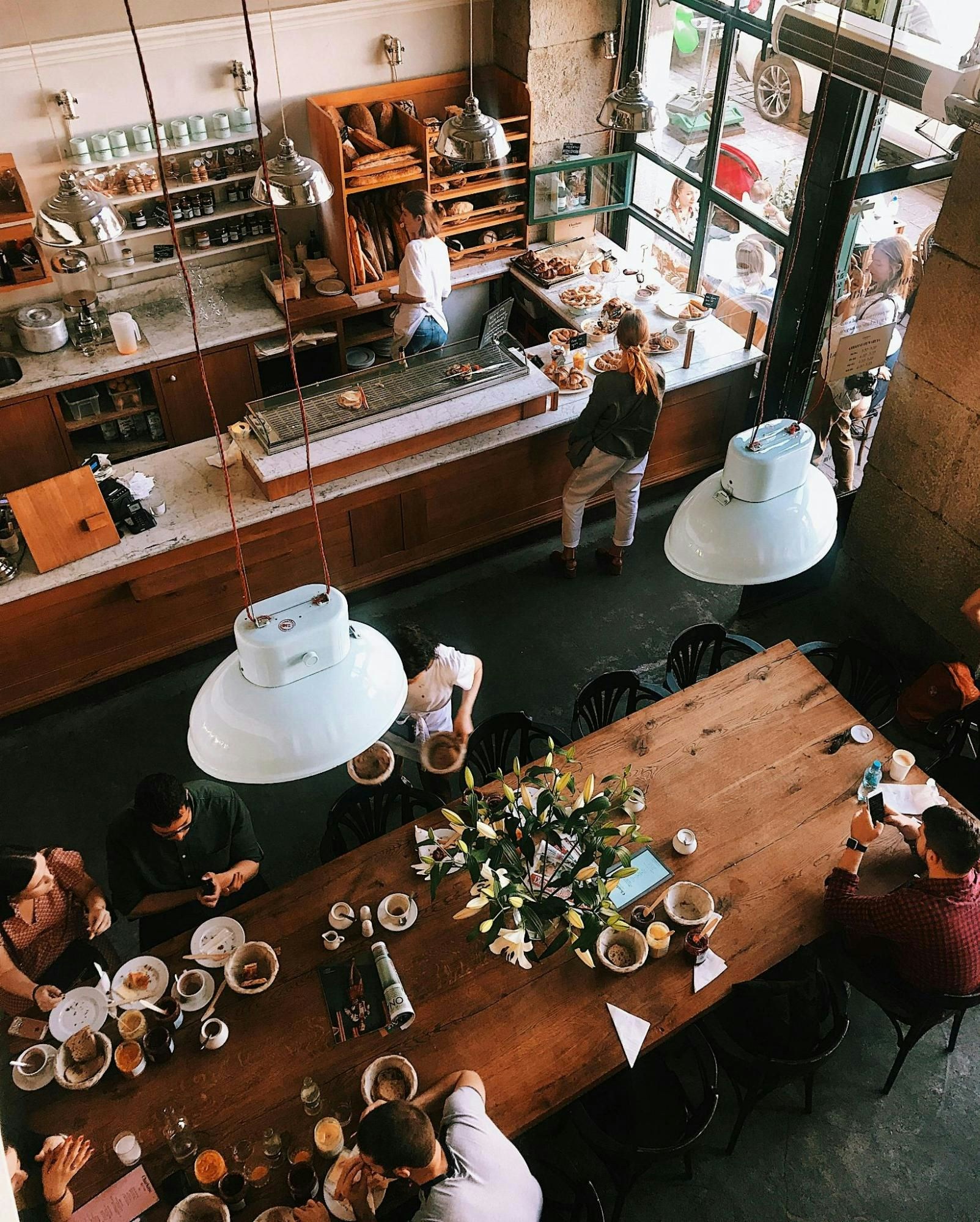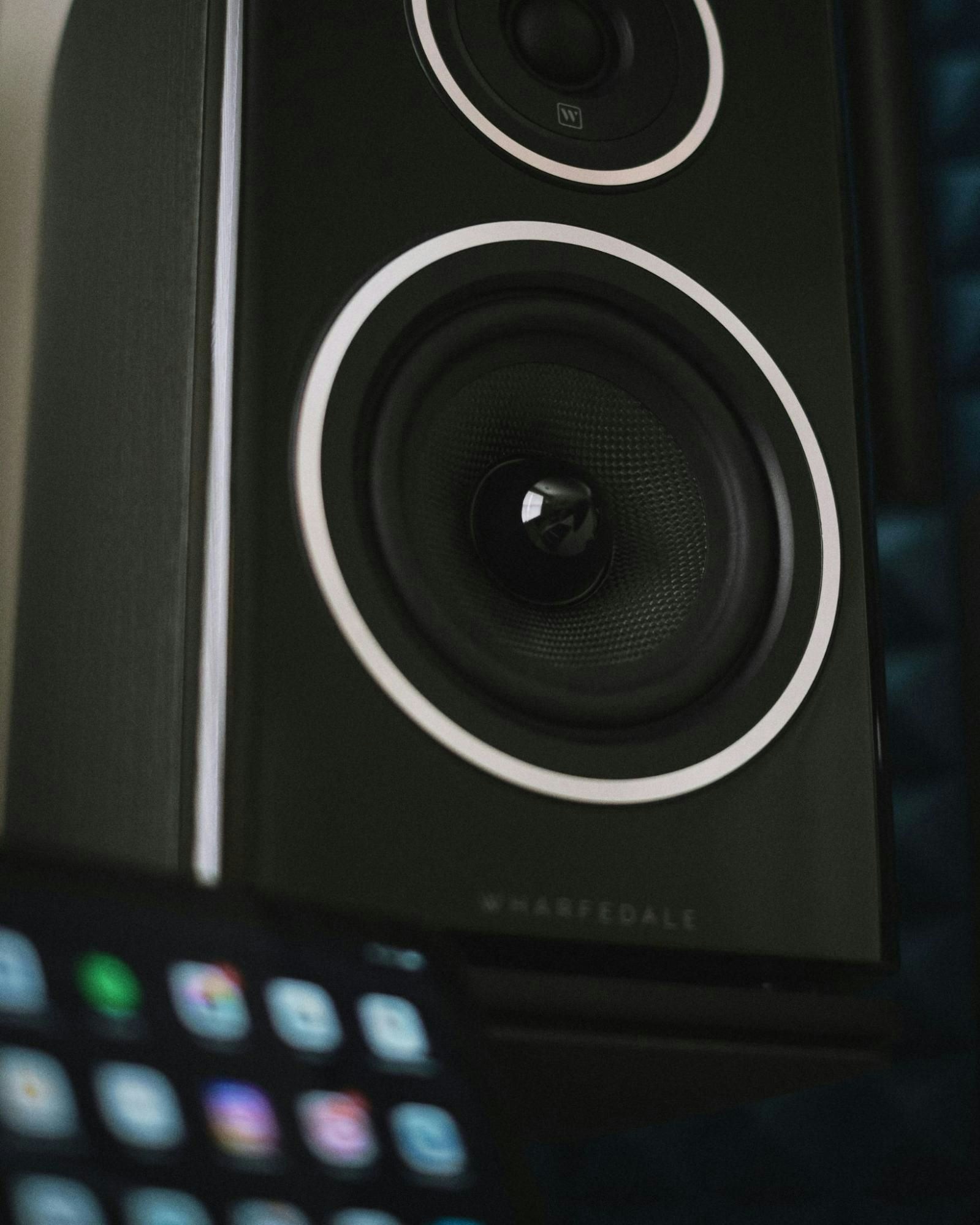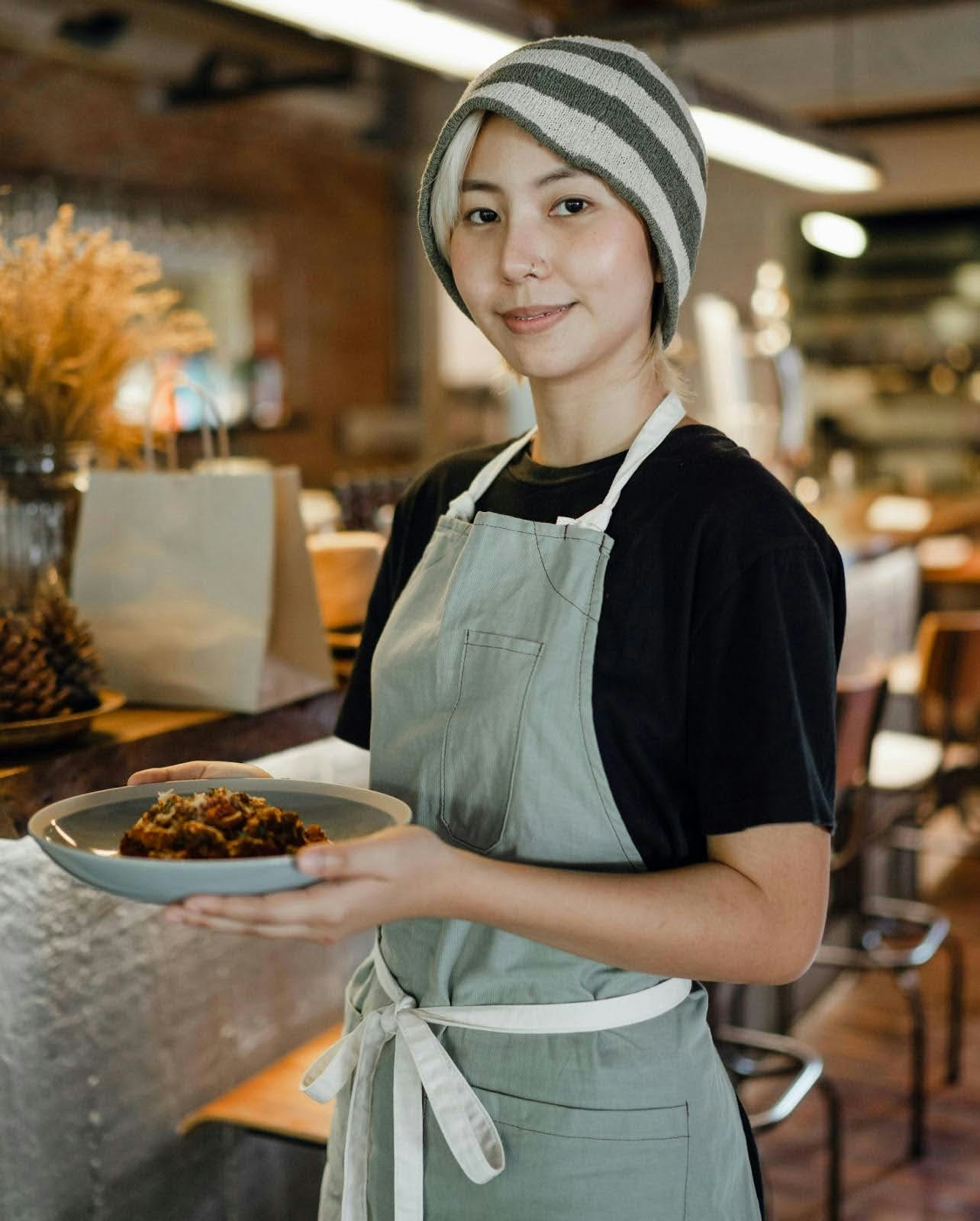Blog
How to increase restaurant sales and customer retention

A successful restaurant doesn't just serve great food—it attracts the right customers and keeps them coming back. However, standing out in a competitive market and turning first-time visitors into loyal patrons can be challenging.
At Soundtrack, we compiled 15 proven strategies to help you increase sales, improve customer retention, and drive repeat business. From leveraging promotions to curating the perfect dining experience, these expert-backed tips will set your restaurant up for long-term success.
Let's dive in.
Posted on June 19, 2024
1. Play the right background music
Music isn't just background noise—79% of customers notice background music, especially in restaurants. But the wrong music can hurt sales.
A global restaurant chain found sales dropped 4.3% when playing random hits compared to playing no music at all. However, sales jumped 9.1% with a mix of hits and lesser-known, brand-aligned tracks. Even a 3.6% boost came from balancing popular and niche music, while dessert sales soared 15.6%.
That variety is key: restaurants that played a mix of popular artists and less famous ones in a playlist that fit their brand saw sales increase 3.6% over restaurants that played only brand fit hits.
Your ideal playlist depends on your brand. A college hotspot might go for upbeat indie, while a retro diner thrives on nostalgic tunes.
For those who want to know how to increase restaurant sales, Soundtrack can help you get the right licensing for your restaurant's music.
2. Leverage menu engineering to maximize sales
Did you know that menu design can increase restaurant sales by 15%? By analyzing sales data and customer feedback, you can identify your most popular and profitable items and use menu engineering techniques to highlight them.
Use strategic design elements such as bold fonts, enticing images, color boxes, arrows, and creative descriptions to guide customer choices. Feature high-margin dishes, add-ons, and signature cocktails prominently to encourage upselling.
3. Optimize food and drink offerings
Once you identify your best-selling menu items, focus on those. Cut items that don't elicit positive customer feedback or don't sell enough to be worth the costs of ingredients and preparation. This gives you a starting point to explore new offerings with a data-driven approach.
A well-curated menu improves profitability, boosts online reviews, and encourages word-of-mouth marketing, which is a powerful and inexpensive way to reach new customers. Highlight popular items, run limited-time specials, and promote standout dishes to attract and retain customers.
4. Ensure restaurant staff are at the top of their game
First impressions shape dining habits and purchasing behavior, making them crucial for any restaurant, especially high-end establishments. A positive, memorable first experience increases the chances of customer retention and word-of-mouth recommendations.
Service quality is just as important as food preparation. Orders should be accurate and delivered promptly. Approximately 39% of diners say they would not return if they saw staff handling food without gloves. Poor service deters 50% of customers (rising to 63% for baby boomers), while long wait times drive 25% away.
Happy, engaged employees create better customer experiences. According to the Harvard Business Review, employee recognition boosts morale and productivity. Simply acknowledging staff efforts, listening to concerns, and taking action to resolve issues fosters a positive work environment. Consider incentives like bonuses or an employee-of-the-week program to further motivate employees and enhance service quality.
5. Prioritize cleanliness
Cleanliness is a deal-breaker. 90% of American diners consider it crucial, and 25% leave negative reviews for hygiene issues. Cleanliness issues doesn't just ruin the customer experience; it also damages a restaurant's reputation.
Here's a breakdown of the top reasons customers would refuse to return to a restaurant, with both overall percentages and segmented by generation.
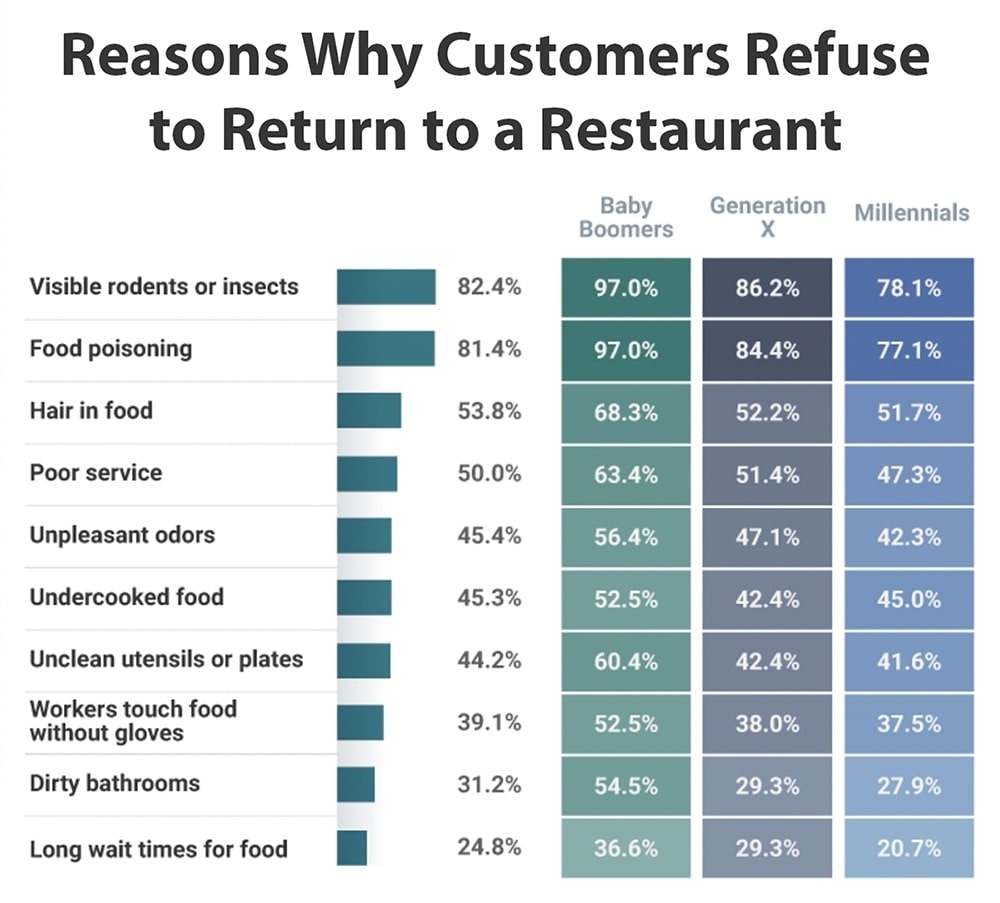
Notice how many of these are related to cleanliness. Approximately 82% of customers would not return to a restaurant if they saw rodents or insects, 45% would be deterred by unpleasant odors, 44% would avoid coming back if plates or utensils were unclean, and 31% would skip a return trip if the bathrooms were dirty.
Contaminated food and unhygienic food handling practices are also high on the list.
Train staff to maintain a clean space both in the front of the house and the kitchen. Here's a sample checklist:
Remove clutter, stains, and visible dirt.
Replace furniture if necessary.
Sweep parking spaces in front of the building to remove leaves, nails, and debris.
Regularly clean windows and food display cases. Ensure there are no flies on the food under the glass.
Thoroughly clean glasses, plates, and cutlery. There should be no water streaks, lipstick stains, or leftover food on these items.
Regularly clean the bathrooms, and ensure soap and paper towel dispensers are continually refilled (or that paperless hand dryers are in good working order).
A clean environment helps ensure restaurant customers feel comfortable and want to return with their friends and family.
6. Run ads with special offers or coupons
A strong marketing strategy keeps your restaurant competitive. Target ads where your customers spend time: if they're on social media platforms like TikTok or Instagram, focus your efforts there.
Build an email list to promote events and special menu deals. Time-sensitive discounts like daily or seasonal specials drive urgency and boost sales.
Whether you're a new restaurant or a household name, partnering with local businesses for cross-promotions or sponsoring local events by offering gift cards as prizes can increase foot trafficcustomers.
Offer first-time customer deals and a loyalty program with perks like free drinks or appetizers. Train staff in cross-selling and up-selling to highlight promotions and new menu items, maximizing each guest's spending.
7. Offer happy hour and brunch specials
Time-specific menus drive sales. Restaurant revenue statistics reveal that happy hour accounts for 60.5% of bar and restaurant alcohol revenue for restaurants that serve alcohol. Even with discounts, the average bill during happy hour is $68.99, which is approximately $8 higher than average.
Recent inflation had an unexpected effect on happy hour traffic. Casual dining saw weekday traffic rise 9% over the course of a year, and weekend traffic jumped 13% between 4 and 7 p.m. Brunch specials also attract steady crowds, boosting sales during slower hours.
Meanwhile, limited-service concepts saw a 20% increase on weekdays and a massive 25% increase on weekends.
8. Maintain a strong social media presence
Half of diners say social media influences restaurant choices, and 22% return due to a strong online presence. When used effectively, it boosts revenue, engagement, and brand recall.
Customers follow businesses that post useful or entertaining content. If they like your restaurant, they may search for it or follow after seeing a valuable ad. Regularly share specials, events like trivia night, bingo, or karaoke, and high-quality photos of food and drinks—think frosty cocktails on a sunny patio or steaming comfort food on a cold day.
Inconsistent posting or low-value content leads to lost followers and buried posts by algorithms. However, managing every platform is time-consuming, so focus on where your target audience spends time.
It's worth paying attention to how different generations use social media. For example, below is a graph of where you can find Gen Z online:
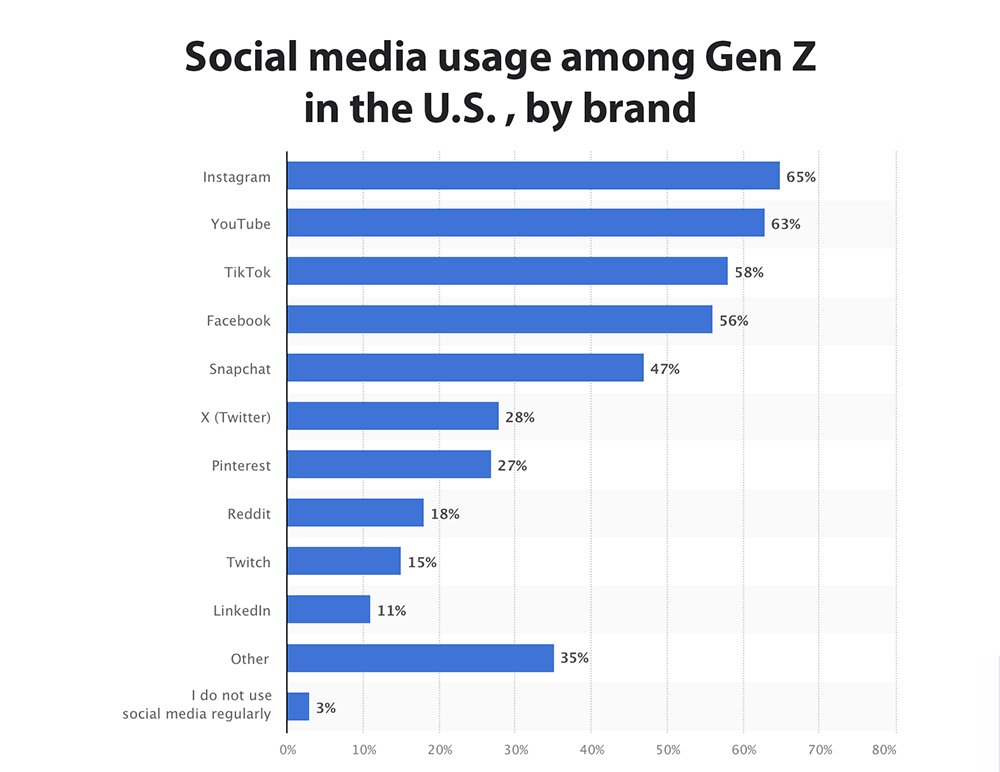
Baby boomers prefer Facebook, while millennials tend to use Facebook, Instagram, and YouTube.
9. Host live performances and events
Live music and special events create unique experiences that attract customers. Approximately 75% of diners stay longer when they enjoy the music, leading to higher sales. Feature local musicians, themed nights, art showcases, or chef's table dinners to attract new customers and encourage repeat visits.
In addition to staying in the restaurant, here are other things survey respondents were likely to do if they enjoy the music in a restaurant:
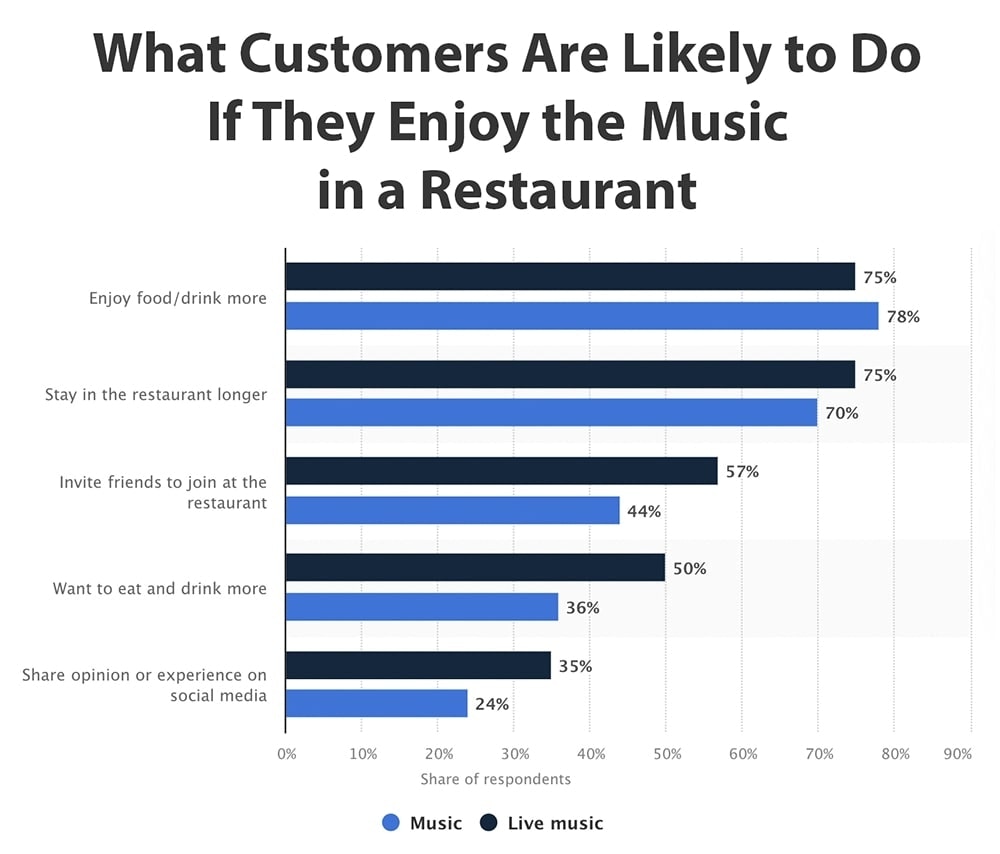
Consider featuring up-and-coming local musicians and artists that fit your brand to engage with your community on a deeper level.
10. Invite customer feedback
Customer satisfaction hinges on details like cleanliness, food quality, service, background music, and atmosphere. Understanding how diners perceive your restaurant helps improve their experience.
About 94% of diners check online reviews before visiting, and a one-star increase can boost revenue by 5-9%. To gather feedback, use surveys, feedback cards, and encourage satisfied guests to leave reviews. To increase engagement, encourage reviews through promotional campaigns such as discount offers and email marketing campaigns.
11. Optimize your Google Business Profile
Your Google Business Profile acts as your online storefront—keep it updated with the correct address, hours, phone number, website, and reservation links.
Use this space to share specials, events, social media links, and high-quality photos. Maintain reviews by responding to all feedback, especially negative reviews. Stay polite and professional, offering discounts or free items to dissatisfied customers. While this may not change their opinion, it reassures potential customers that you take complaints seriously.
For hostile or spam reviews, respond calmly to reduce their impact. Report suspicious reviews—such as those from new accounts, irrelevant comments, or exaggerated claims—to Google.
12. Update your website
Approximately 77% of diners check restaurant websites before visiting. An outdated, confusing, buggy, or unintuitive website can have a direct negative impact on restaurant sales.
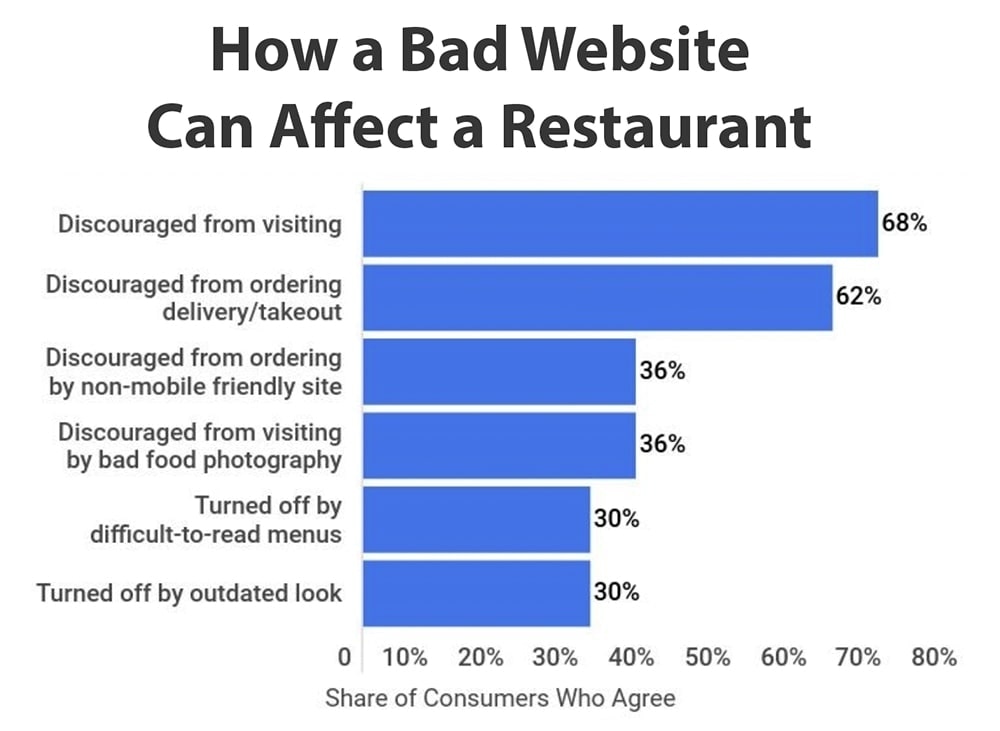
Of survey respondents, 68% were discouraged from visiting a restaurant by a bad website, and 62% were discouraged from ordering delivery or takeout.
The quality of the food photos on the website, readability of the menus, mobile-friendliness, and the currentness of the web design all impact a potential customer's decision to patronize a restaurant. What's more, a restaurant's website can influence their decision to dine in or order delivery.
Search engine optimization can help your website rank higher in Google, making it more likely that potential customers will find your restaurant.
13. Create a welcoming atmosphere
Encouraging customers to stay at a restaurant longer is one of the most straightforward ways to improve sales. Customers who have a reason to stay often order more drinks, desserts, and other menu items. This not only improves your bottom line but also fosters customer loyalty.
Cultivate a welcoming, engaging atmosphere with comfortable seating, soft lighting, intentional decor, and a playlist that fits your brand. Offer free Wi-Fi and ensure wait staff frequently refills water glasses and soft drinks. A welcoming ambiance and exceptional service can promote a sense of belonging, encouraging customers to stay longer.
14. Embrace technology
Modern technology streamlines restaurant operations, enhances guest experience, and boosts restaurant sales. Creating an online ordering system or leveraging food delivery services like DoorDash can help restaurant owners expand their customer base and reach new demographics.
Digital payment options and restaurant analytics improve efficiency while driving customer retention. Advanced point-of-sale systems simplify payments. Tap-to-pay is replacing card swipes, and some restaurants use tableside tablets for ordering and checkout.
Customer relationship management tools help track customer data, enabling targeted marketing, promotions for birthdays and special occasions, and rewards programs that increase lifetime value.
Technology can also optimize table turnover and staff performance while analyzing sales trends and inventory levels to refine menu planning and pricing.
15. Invest in a high-quality sound system
Poor sound quality (crackling, distortion, or rattling speakers) can ruin the dining experience. A high-quality business sound system enhances ambiance, ensuring restaurants fully benefit from the sales and retention boosts that well-curated music provides.
Even the best playlist or atmosphere falls flat with subpar audio equipment, making sound quality an essential investment.
How to increase restaurant sales: enhance the customer experience
Ultimately, increasing restaurant sales and customer retention comes down to one thing: creating an exceptional experience. Music plays a significant role in shaping customer perceptions and influencing spending behavior.
However, playing music legally requires proper licensing, such as public performance licenses. Soundtrack offers over 100 million fully licensed tracks and more than 1,700 customizable playlists. It's the only service that truly allows you to play what you want, when you want, and its AI Playlist Creator allows you to generate brand-fit playlists from simple text prompts.
Most importantly, Soundtrack gives you peace of mind that all the music you play in your restaurant is properly licensed and that you're protected from potential lawsuits.
Ready to get started?
See how Soundtrack works for you and your business. Get our most exclusive features with a no-obligation, 14-day trial, unlocking everything available in Soundtrack Unlimited.

